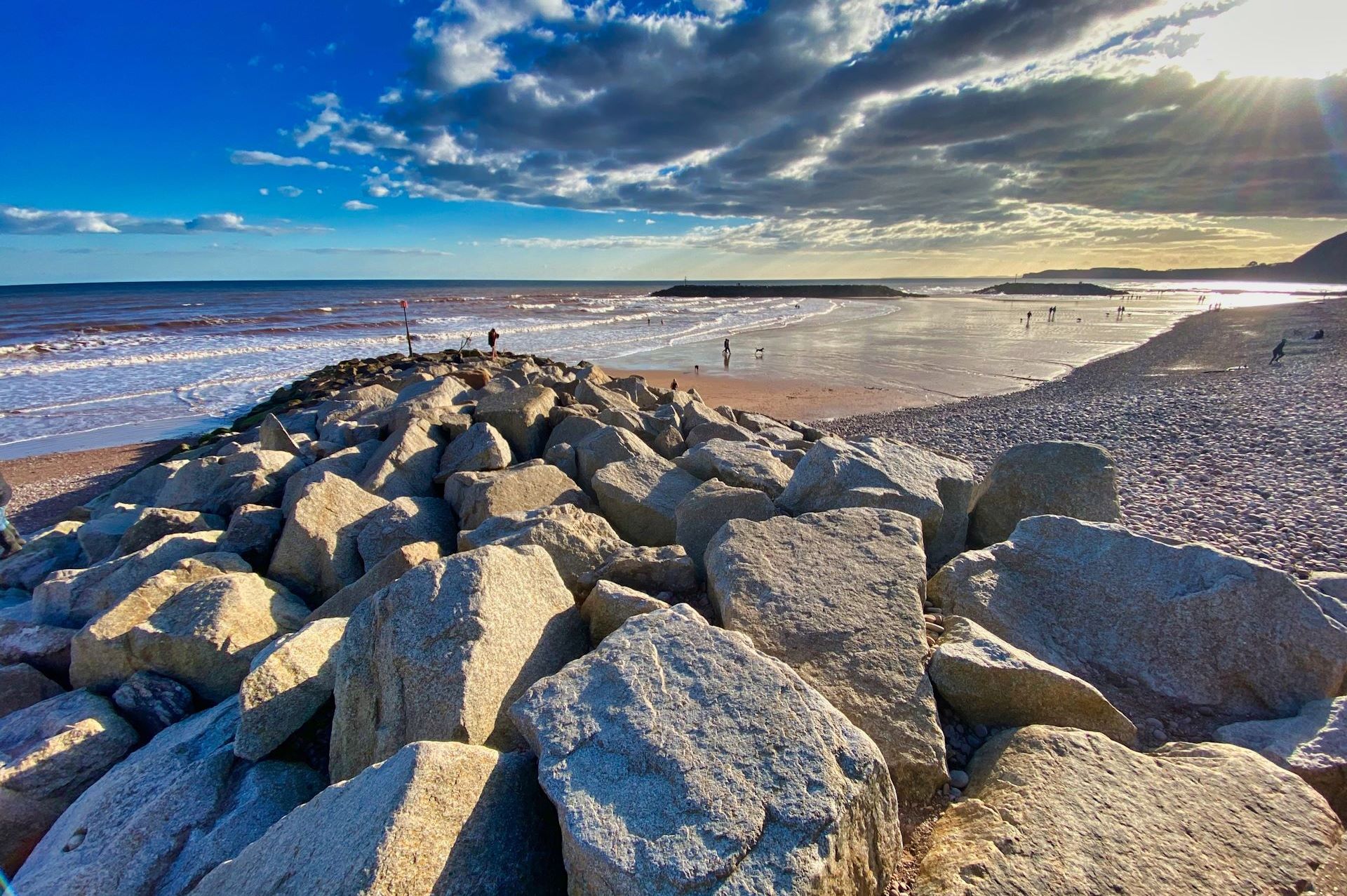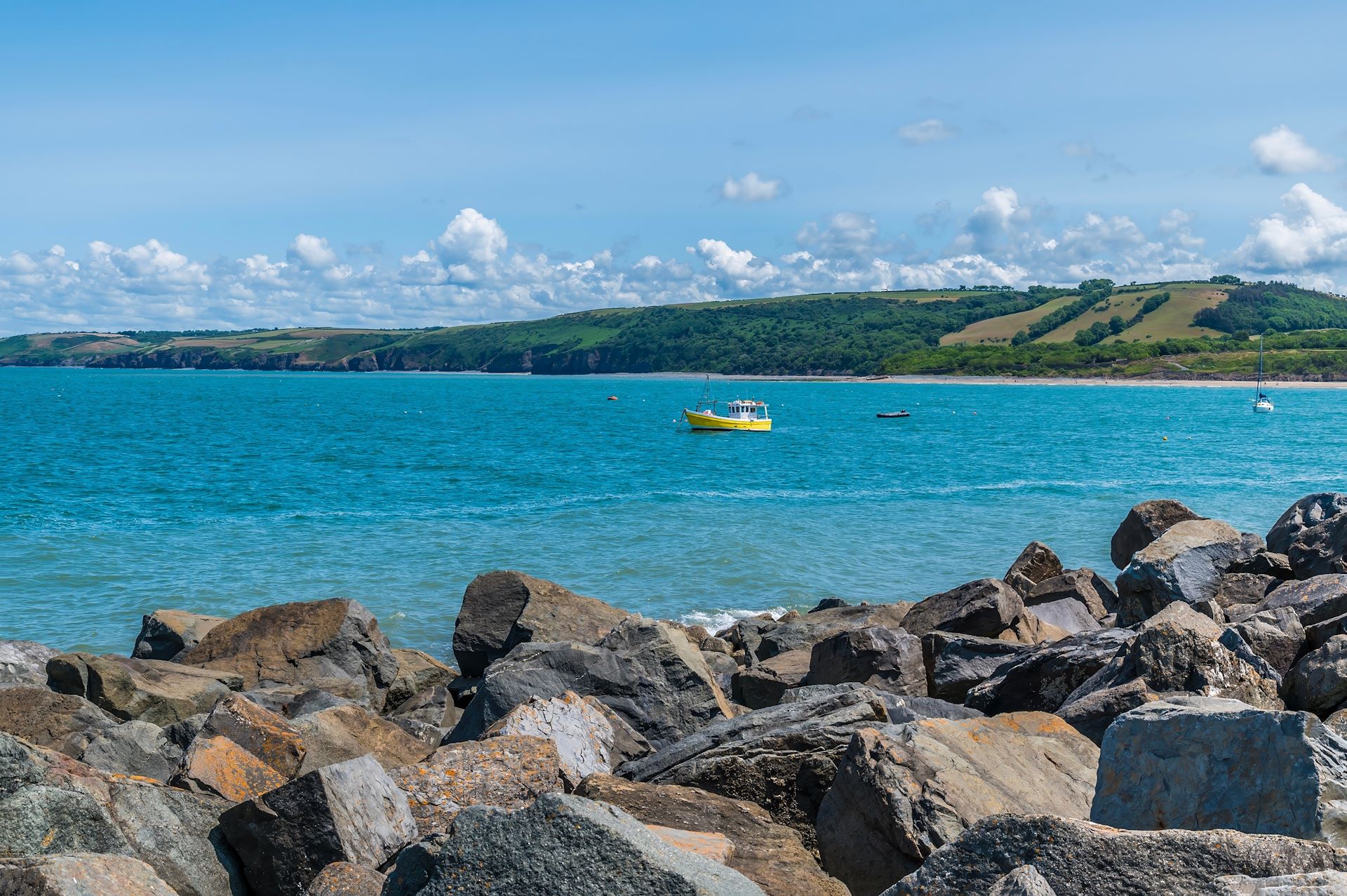Rock Armour Stone
Coastal protection and erosion solutions – natural engineering
Stone, chosen for its structural integrity and aesthetic appeal
What is Rock Armour Stone?
Rock Armour Stone, also known as armourstone or riprap, is large, heavy, natural stone typically used for coastal protection, erosion control, and landscaping. It is characterised by its size, and its irregular shape. Typically, larger than standard gravel or crushed stone, Rock Armour Stone is selected for its durability, strength, and ability to withstand the impact of waves, currents, and weathering. It's commonly employed in constructing seawalls, breakwaters, revetments, and other shoreline stabilisation structures to prevent erosion caused by water action.
Rock Armour Stone for natural aesthetics
In landscaping, Rock Armour Stone is used to create retaining walls, borders, and decorative features due to its aesthetic appeal and ability to withstand outdoor elements.

National supply capability
- Tarmac can supply Rock Armour Stone across the UK.
- Our materials are BS EN 13383 accredited
- Sizes vary – talk to our teams to engineer the materials choice for your project.
Specialist quarry hubs
Supplies available nationally

Where can Rock Armour Stone be used?
Coastal Protection
Rock Armour Stone is commonly used to protect coastal shorelines from erosion caused by waves, currents, and ice action.
Stream and Riverbank Stabilisation
It is utilised to stabilise stream and riverbanks, preventing erosion and maintaining the integrity of the watercourse.
Bridge Abutment Protection
Rock Armour Stone is employed to protect bridge abutments from scouring, ensuring the stability and longevity of the bridge structure.
Pilings
Strong, durable and natural materials Rock Armour Stone offers a more environmentally friendly alternative to metal or artificial pilings.
Coastal Revetments
It is used in the construction of coastal revetments, which are sloping structures designed to absorb and deflect wave energy, protecting coastal infrastructure.
Breakwaters
Rock Armour Stone is often incorporated into breakwater structures to provide protection for harbors, ports, and coastal developments by reducing wave energy.
Underwater Protection
It can be used underwater to protect submerged structures such as pipelines, cables, and tunnel caps from erosion and damage.
Scour Protection
Helps to defend against the erosion scour around offshore structures.
Landscaping
Rock Armour Stone is also utilised in landscaping projects for decorative purposes, such as creating retaining walls, rock gardens, and natural features.
Reservoirs
Rock Armour Stone can be used in the creation of new reservoirs and the maintenance of existing reservoirs.
The benefits of using Rock Armour Stone for coastal protection and erosion control

Rip Rap




